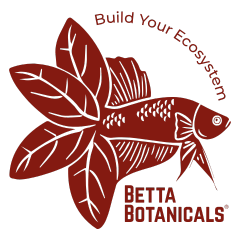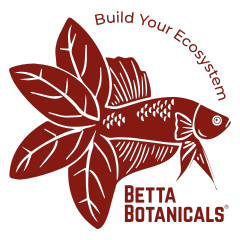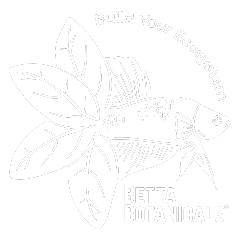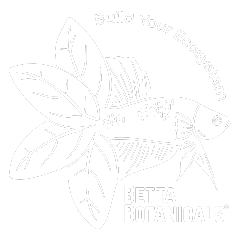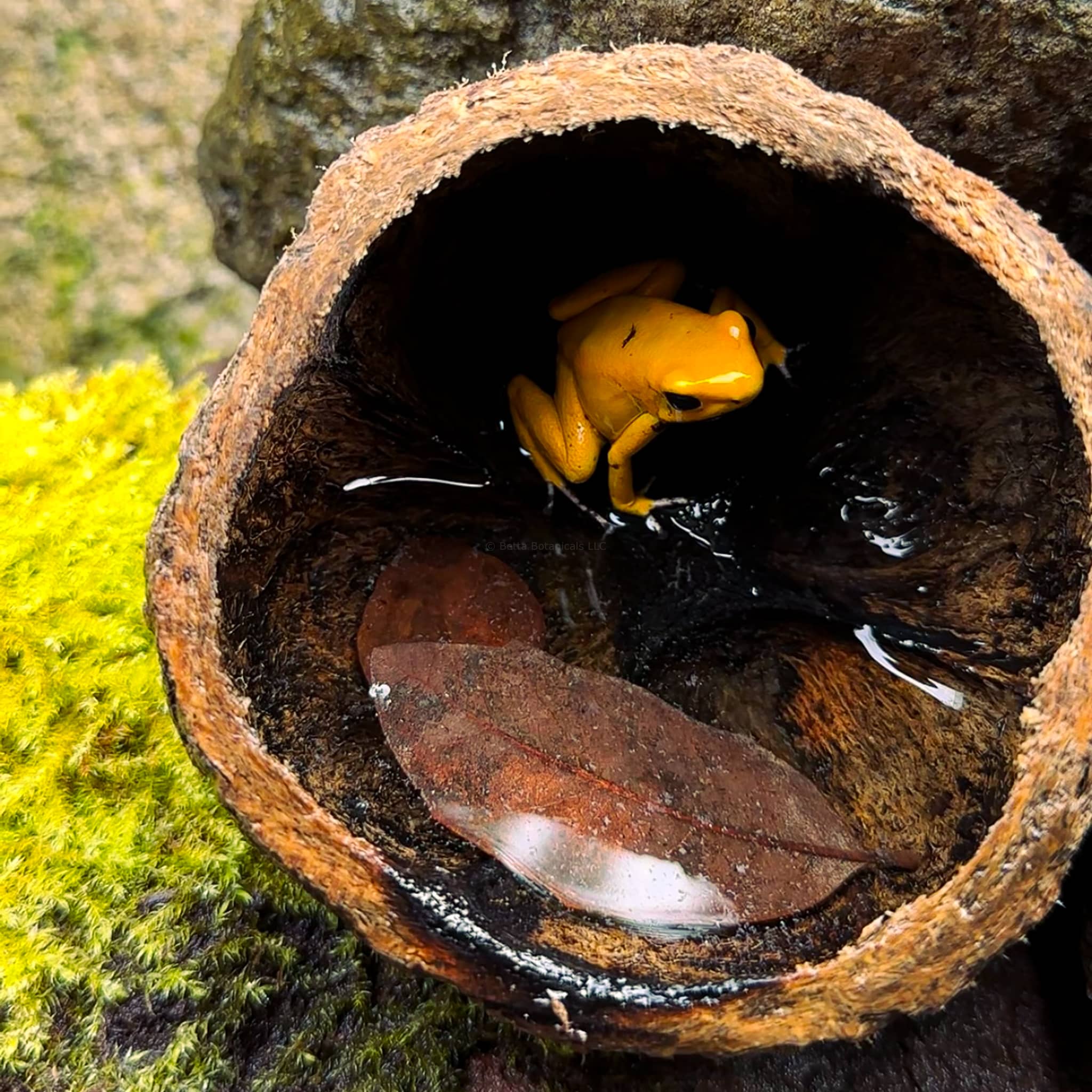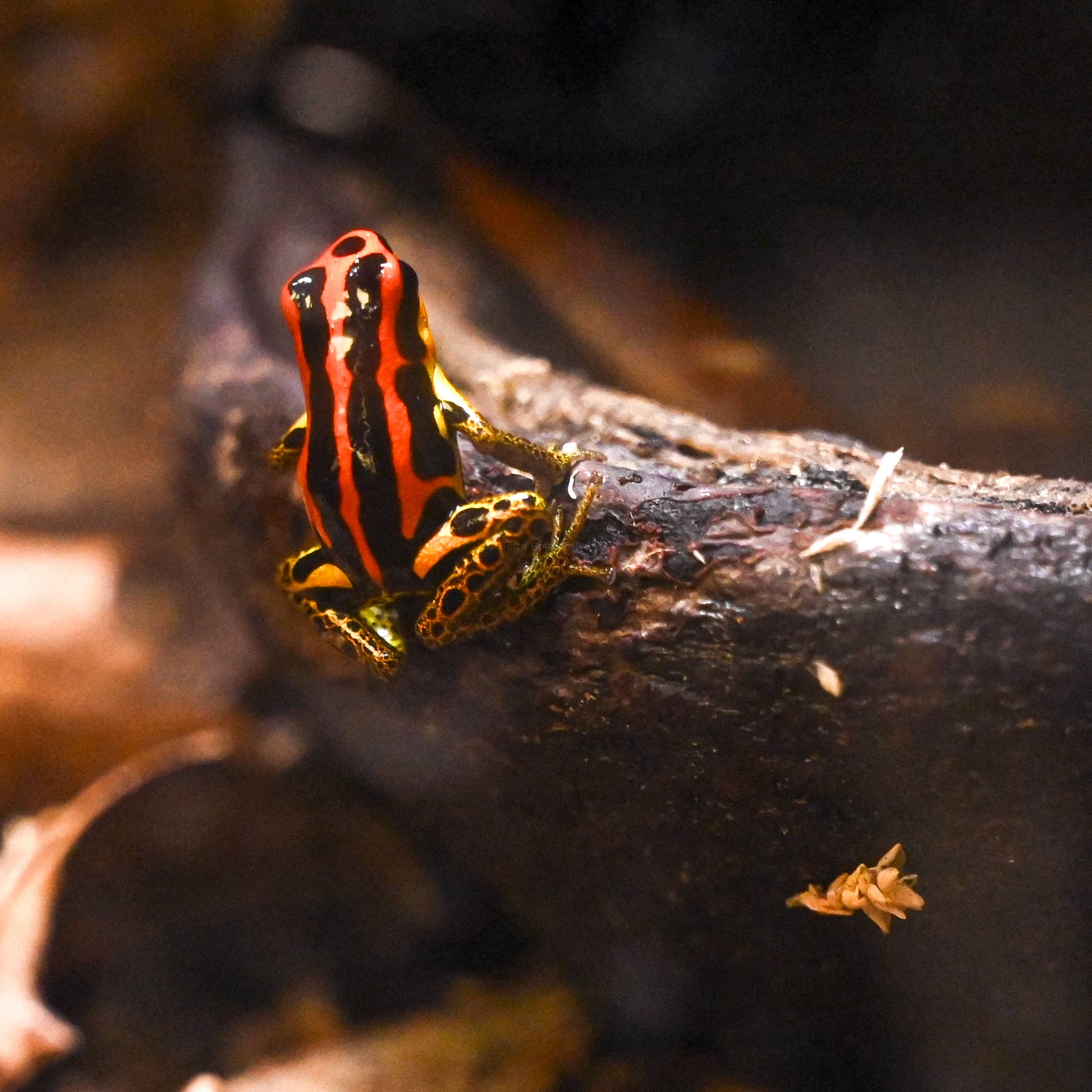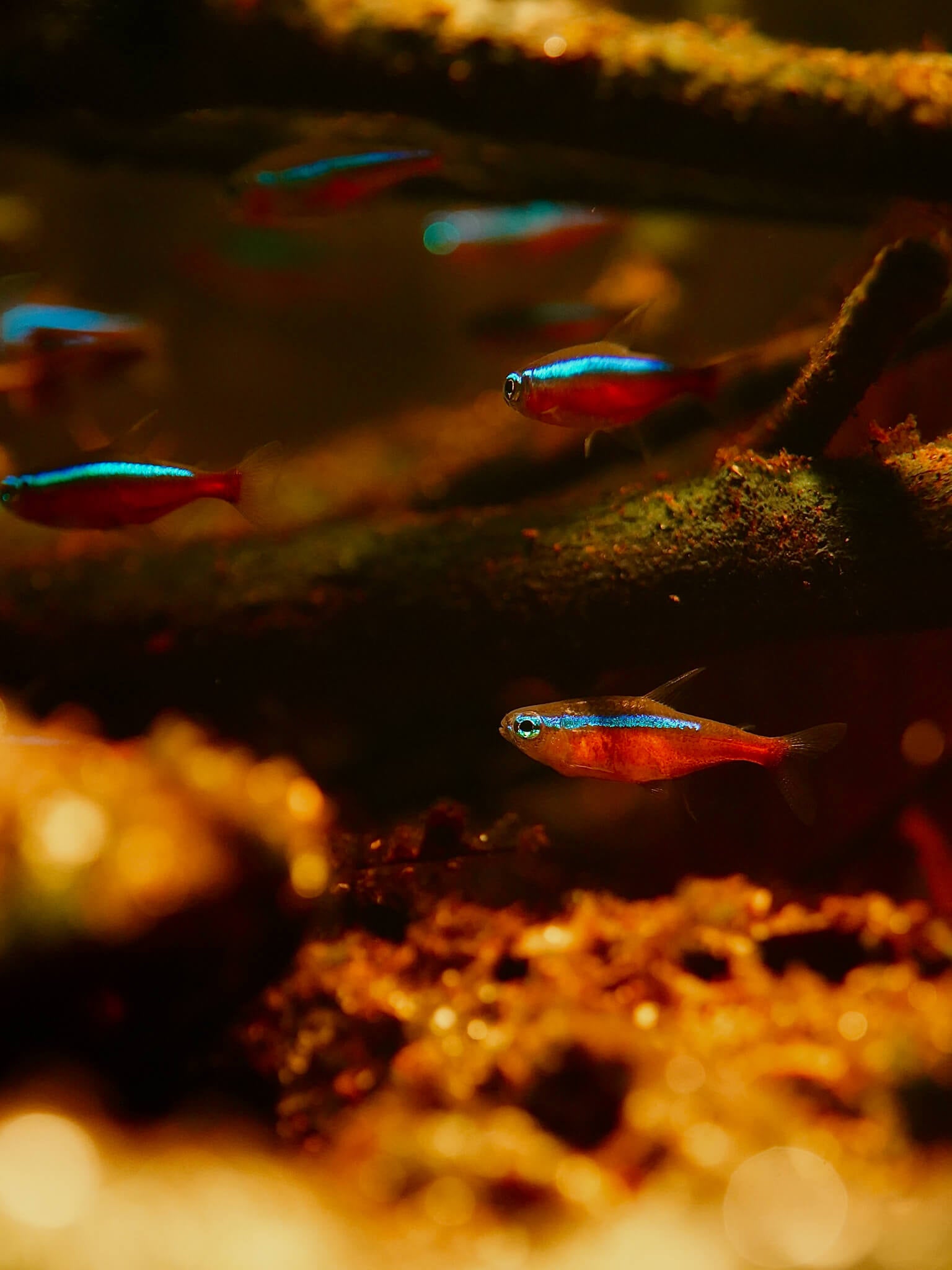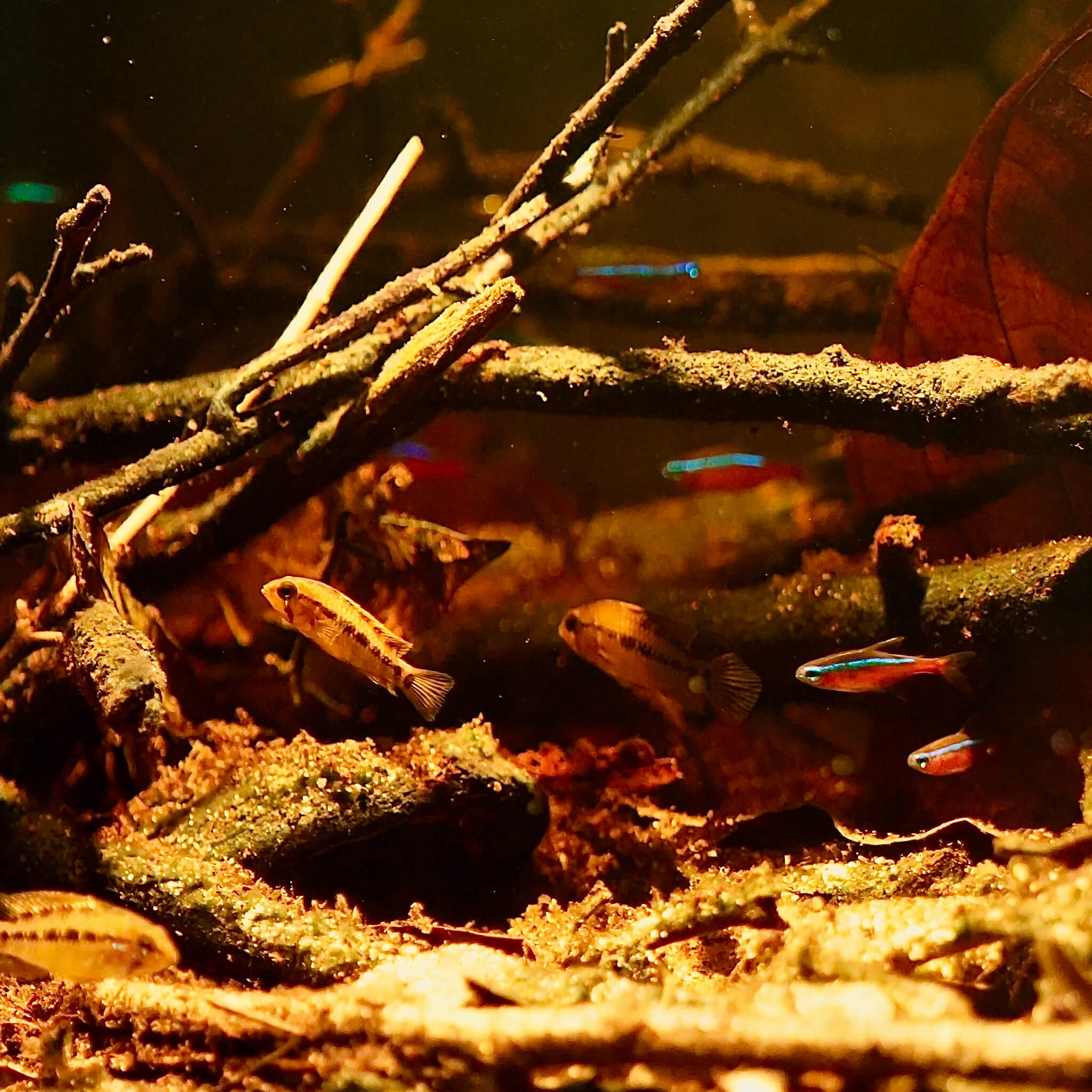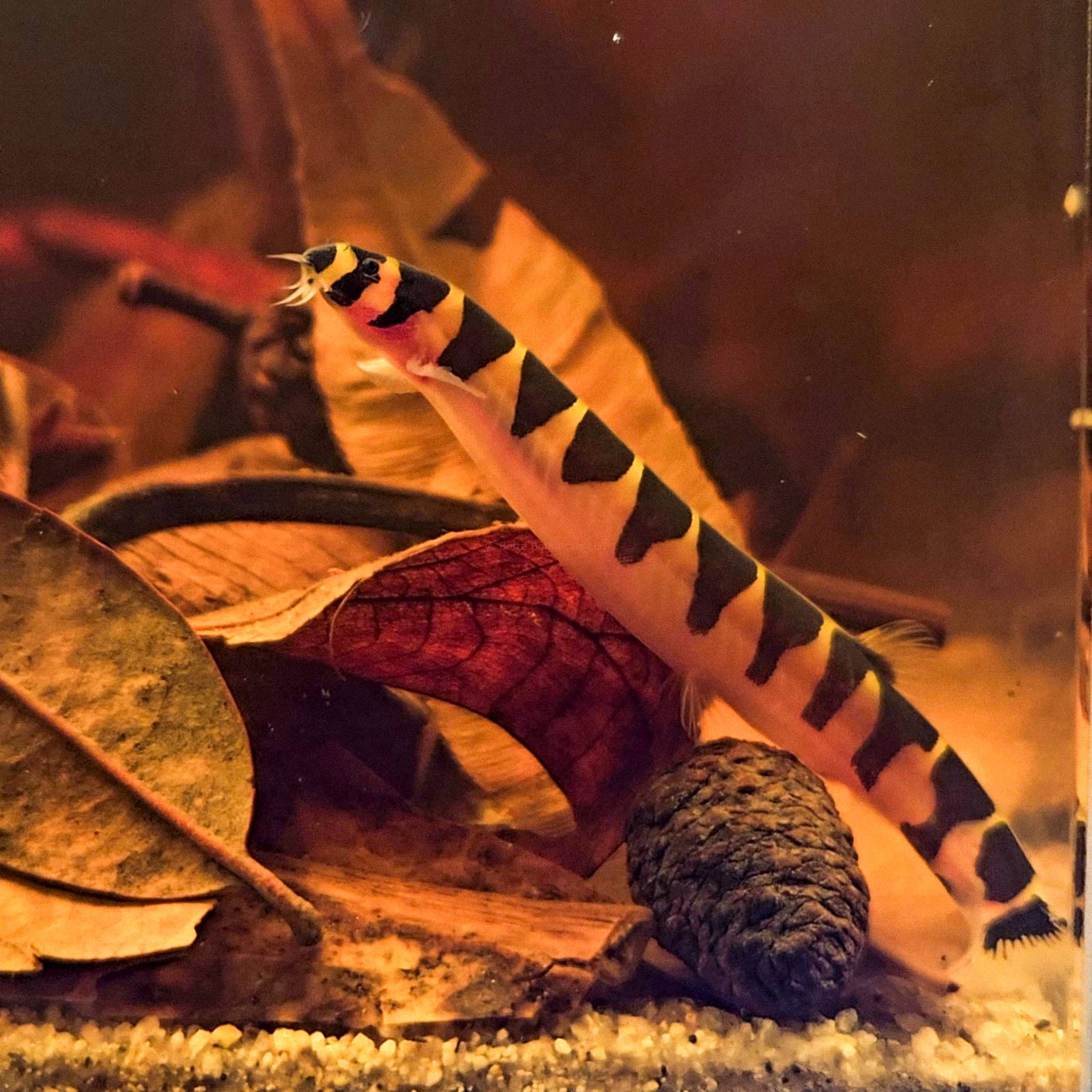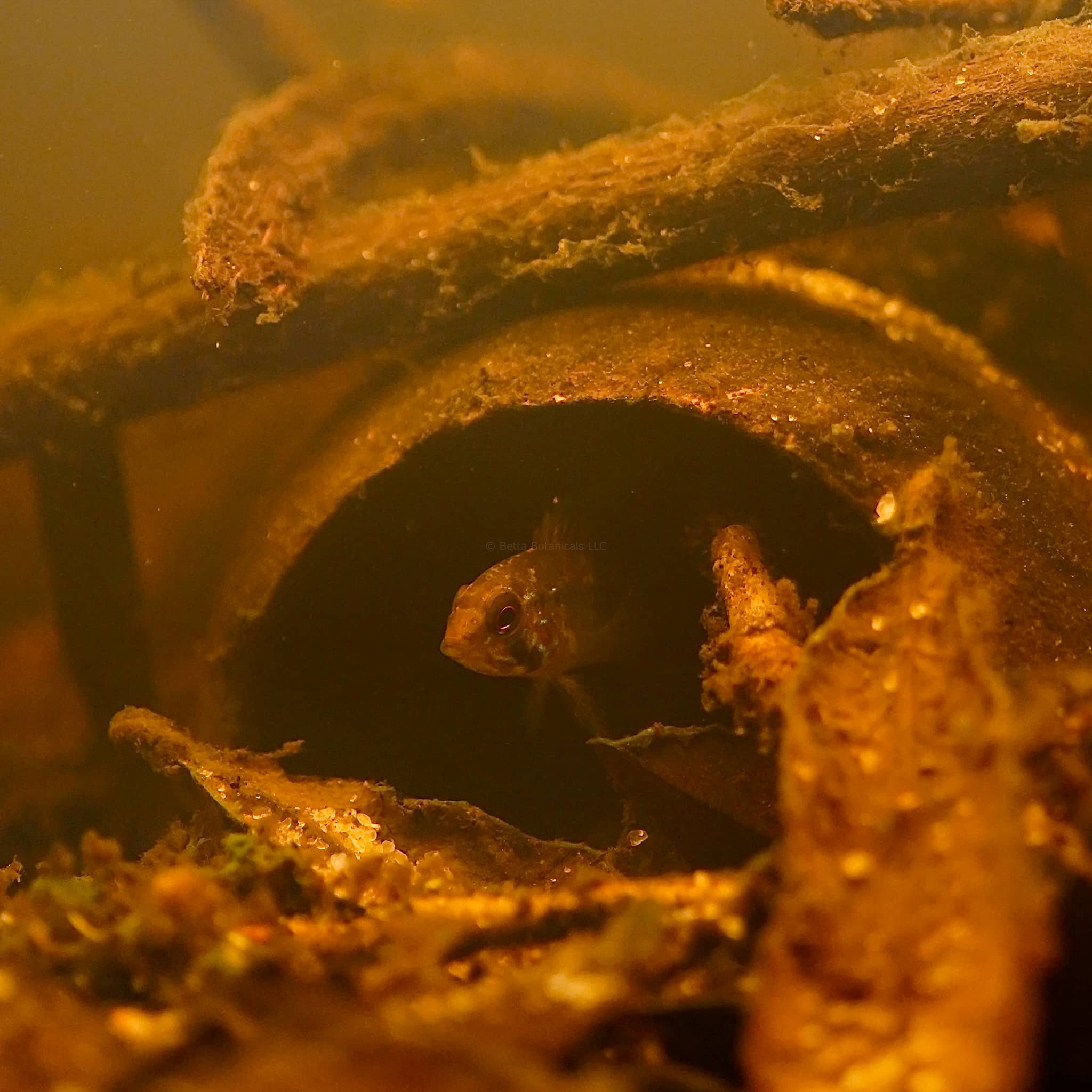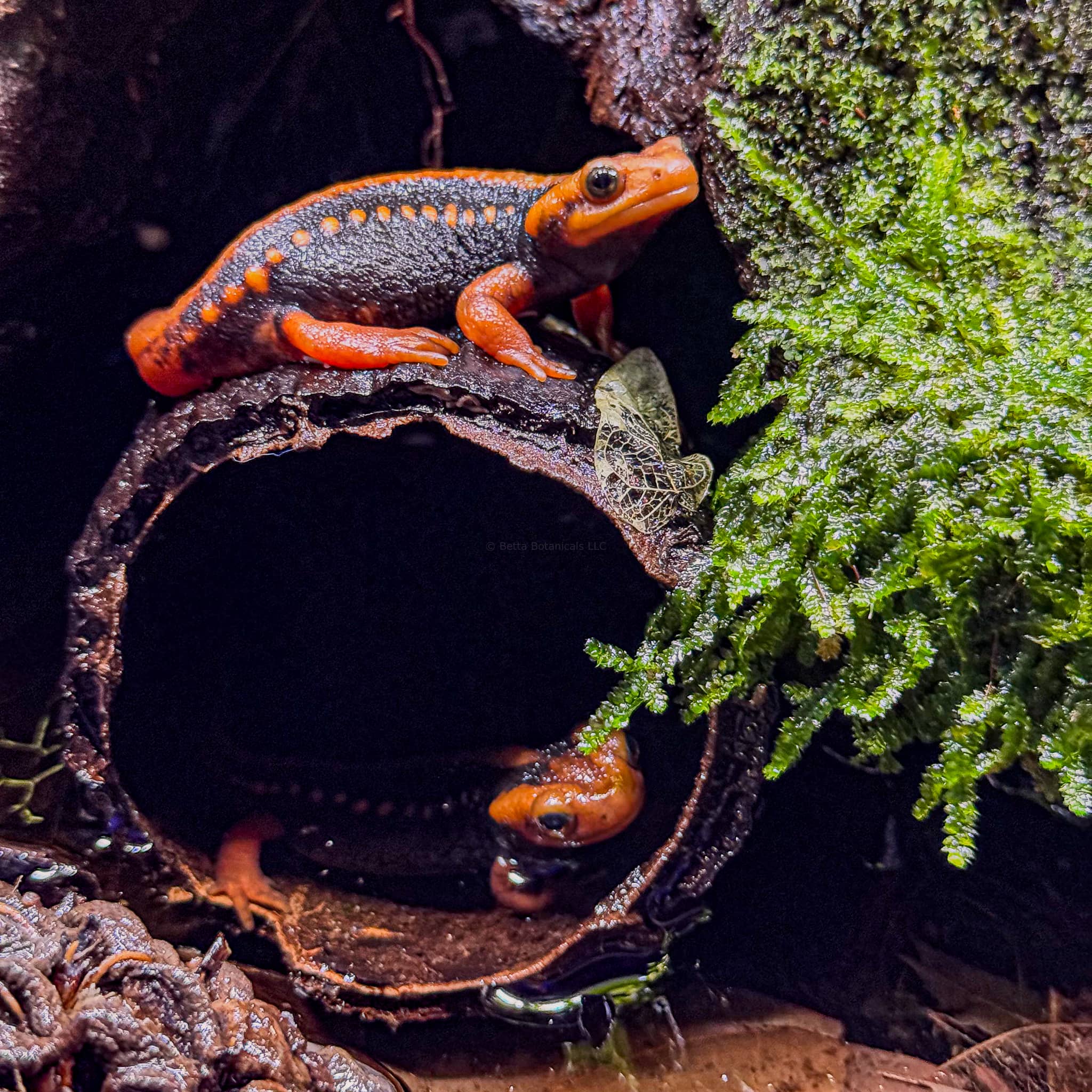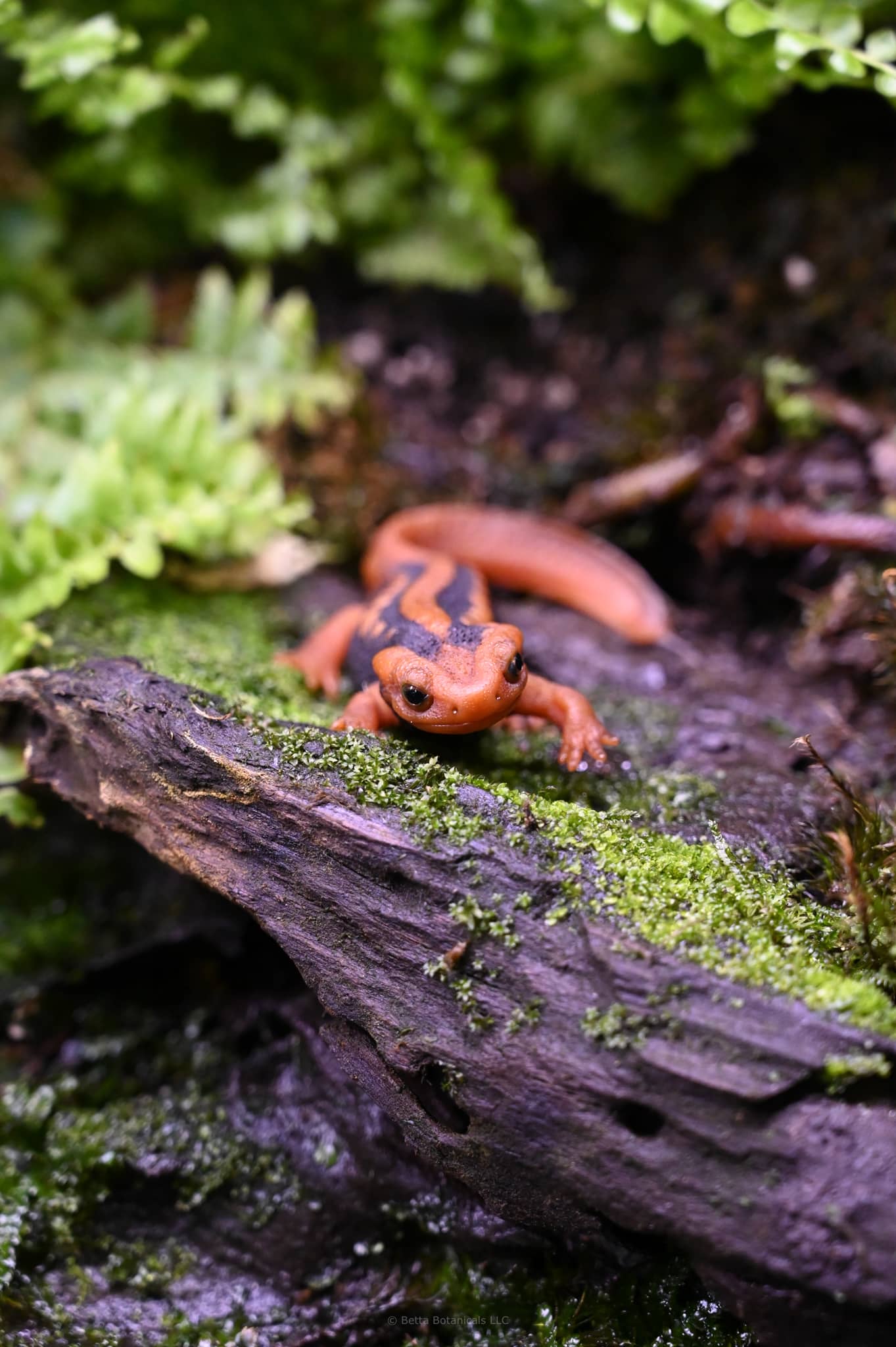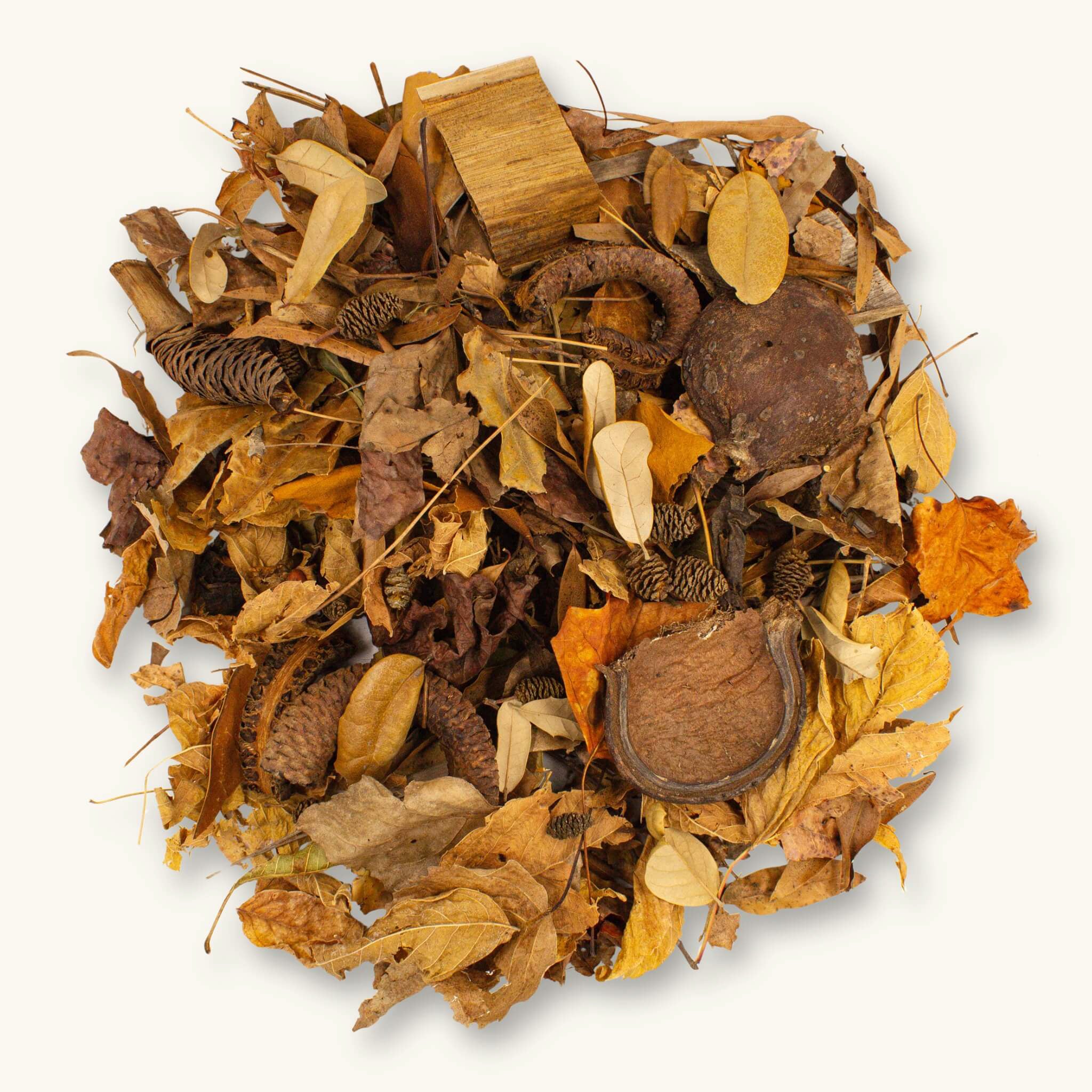
Betta Leaf Litter
Betta Leaf Litter Pack
About This Pack:
The Betta Leaf Litter Pack allows you to quickly form the detritus-rich leaf litter layer that forms the foundation of every botanical method aquarium. As bacteria, fungi, and crustaceans consume the litter, its surface area enhances nutrient cycling and fosters detritus accumulation that sustains aquatic ecology. This diverse blend includes whole and fragmented leaves, seed pods, and twigs that replicate the natural leaf litter beds of aquatic habitats around the globe. Each pack contains a unique mix of botanicals that vary seasonally, providing a balance between fast-decomposing and long-lasting materials.
Essential Details
- Tannin Level: Moderate to high
- Tint Color: Amber to deep brown
- Durability: Mixed – includes both fast-decomposing leaves and durable botanicals
- Habitat Location: Inspired by the flooded forests and streams that many popular aquarium fish call home
- Optimal For: Betta species, gouramis, rasboras, tetras, and other small South American species
- Use with Caution: If using with goldfish or axolotls, leave a note on the order to omit small cones
- Size Range: Small leaves, twigs, and seed pods; varied textures for a dynamic leaf litter layer
- Quantities: 32 oz compostable bag containing a diverse mix of whole and crushed leaves, seed pods, and twigs. Each batch is unique and may include materials such as Catappa, Jackfruit, Guava, Loquat, Beech, Live Oak, Sycamore, and Magnolia.
Betta Leaf Litter Pack for Aquariums & Vivariums
In the botanical method aquarium, leaf litter is the primary fuel for the microbial community that drives ecological balance. As the leaves and small botanicals soften and break down, they release tannins, humic substances, and trace minerals that nurture microbial and fungal colonies. These microorganisms form the base of the food web, providing supplemental nutrition for shrimp, snails, and fish.
The Betta Leaf Litter Pack helps create a living substrate layer that evolves over time, forming the “perpetual substrate” seen in natural habitats. Durable botanicals like twigs and pods provide structure and surface area for biofilm, while softer leaves fuel decomposition and nutrient cycling. In bioactive enclosures, this mix mirrors the forest floor—offering moisture retention, shelter, and microhabitat diversity for amphibians and isopods.
Beneath the Leaves: Nature’s Forest Floor
In the shaded streams and flooded forests of Southeast Asia, layers of fallen leaves and plant debris form a living bed that regulates water chemistry and shelters countless organisms. Bettas and other labyrinth fish weave between decomposing leaves and the emergent grasses poking through decaying litter, finding refuge and food within these microhabitats. Each season adds a new layer of life and decay—an endless cycle that this pack allows aquarists to replicate.
Sustainability Note:
This product’s packaging is home compostable. Just like the botanicals inside, it will break down naturally and return to the soil, because what supports your ecosystem should minimally impact our planet.
Not for human consumption. Preparation required.
This is a natural product—variation in color, shape, and texture is expected.
Home is getting more natural
While the aesthetic appeal of botanicals and tinted water can be quite attractive to us, the recreation of nature to emulate water conditions, feeding patterns, spawning displays, and territory building are the true benefits botanicals provide to our critters.
Botanical FAQs
Compostable Packaging Promise
Our packaging is designed to return safely to the Earth, just like the botanicals inside. Every bag is BPA- and Phthalate-free, GMO-free, and contains no animal products. Each meets ASTM D6400 composting standards, ensuring it can fully break down in a home compost bin.
What are the Fluffy White Growths on my Botanicals?
That’s biofilm and fungi—what we call the “goo phase.” It’s one of the clearest signs that your aquarium is alive and functioning. These growths wax and wane naturally as botanicals decompose. They’re harmless, even beneficial, and will disappear on their own once microbial populations stabilize.
Will botanicals lower the pH of my water?
That depends entirely on your source water. In very soft or RODI water, botanicals can gradually lower pH as tannins and humic substances accumulate. In medium to hard tap water, buffering capacity often resists these shifts, and you may not notice much change. At Betta Botanicals HQ, our very hard water (350+ ppm) shows almost no pH change unless we use botanicals like Alder Cones or Macaranga Leaves.
When should I replace leaves or pods in my tank?
We recommend allowing botanicals to fully break down into detritus, since this fuels microbial life and enriches the substrate. You can remove them once they stop tinting the water, but you’ll lose some of their ecological benefits. Each time you add new botanicals, follow proper preparation and observe your livestock until you learn your aquarium’s rhythm.
Are your products just for bettas?
Nope. Our botanicals are safe for almost all aquariums, terrariums, vivariums, and paludariums. The only exceptions are goldfish and axolotls, which may ingest small pods like alder cones or casuarina cones. For those species, we recommend large leaves such as Indian Almond, Loquat, or Jackfruit.
What are Tannins?
Tannins are natural compounds released by leaves, seed pods, and bark as they decompose in water. They soften water, gently lower pH, and create the characteristic tea-stained tint found in blackwater habitats. But their role goes far beyond color—tannins fuel beneficial bacteria, fungi, and biofilms, which form the foundation of a healthy ecosystem. They also offer mild antifungal benefits and help reduce stress in fish by replicating the natural conditions they’ve evolved in. At their core, tannins are plant-derived antioxidants that connect your aquarium to the same processes at work in wild flooded forests and streams.
